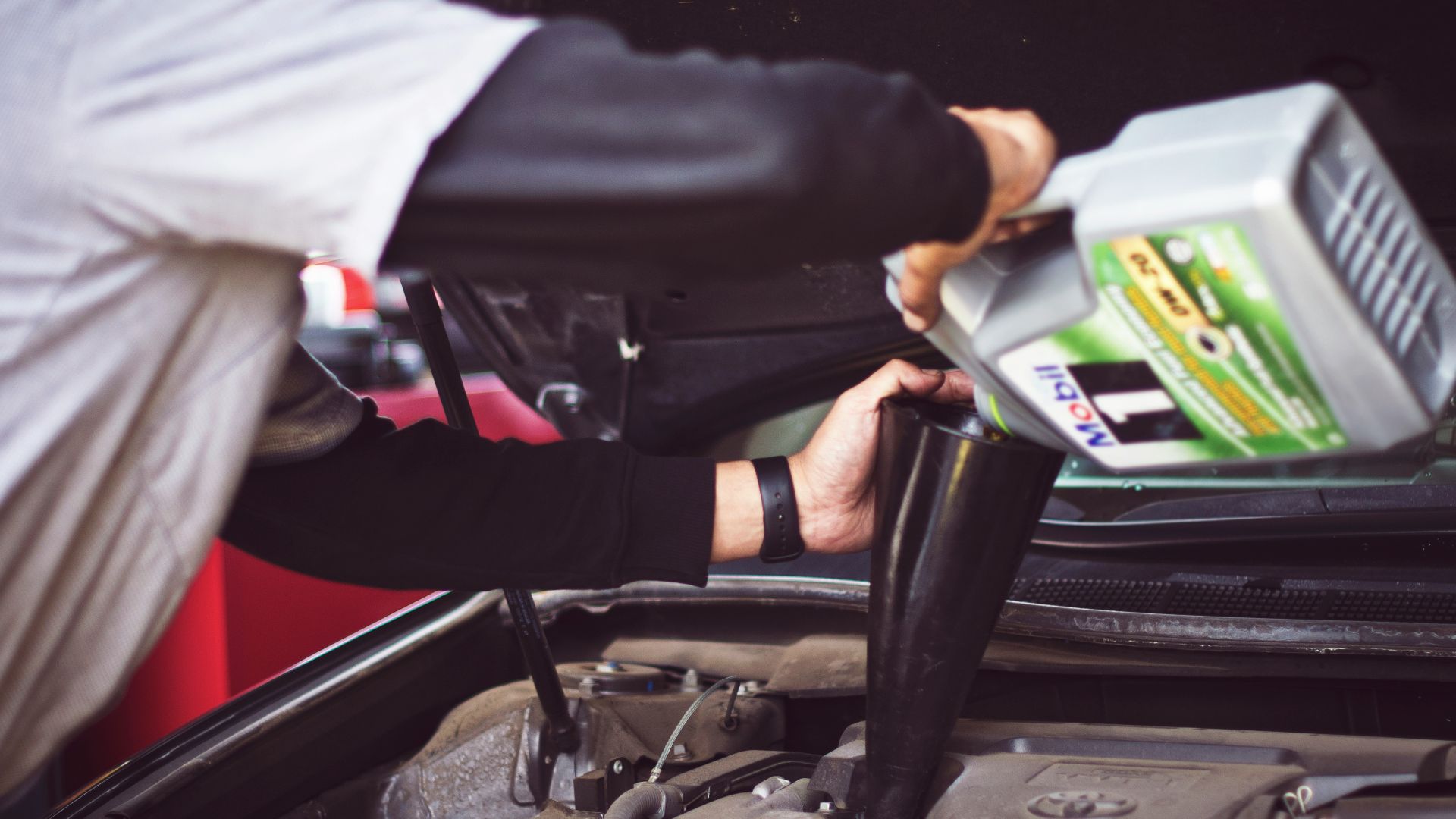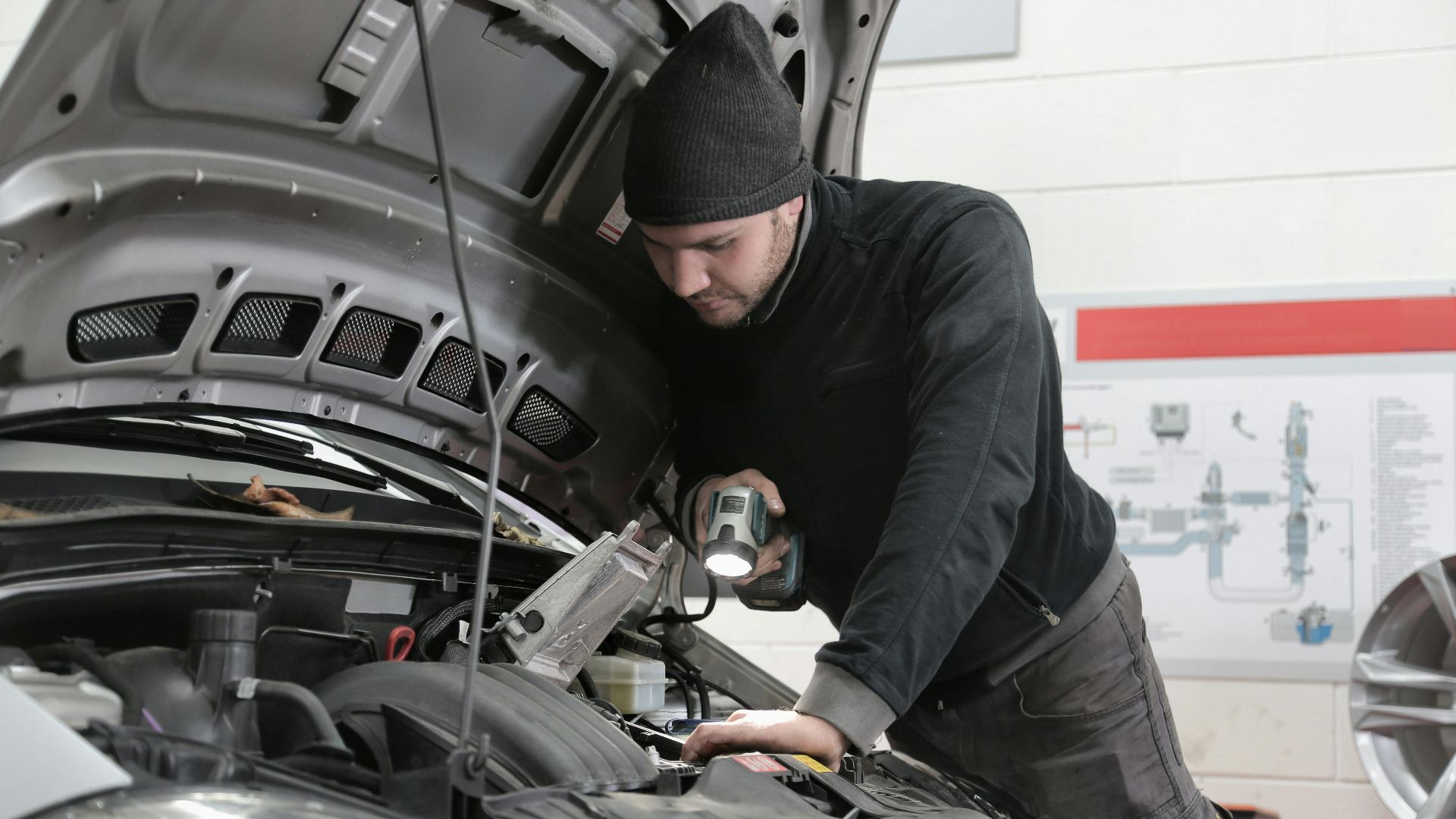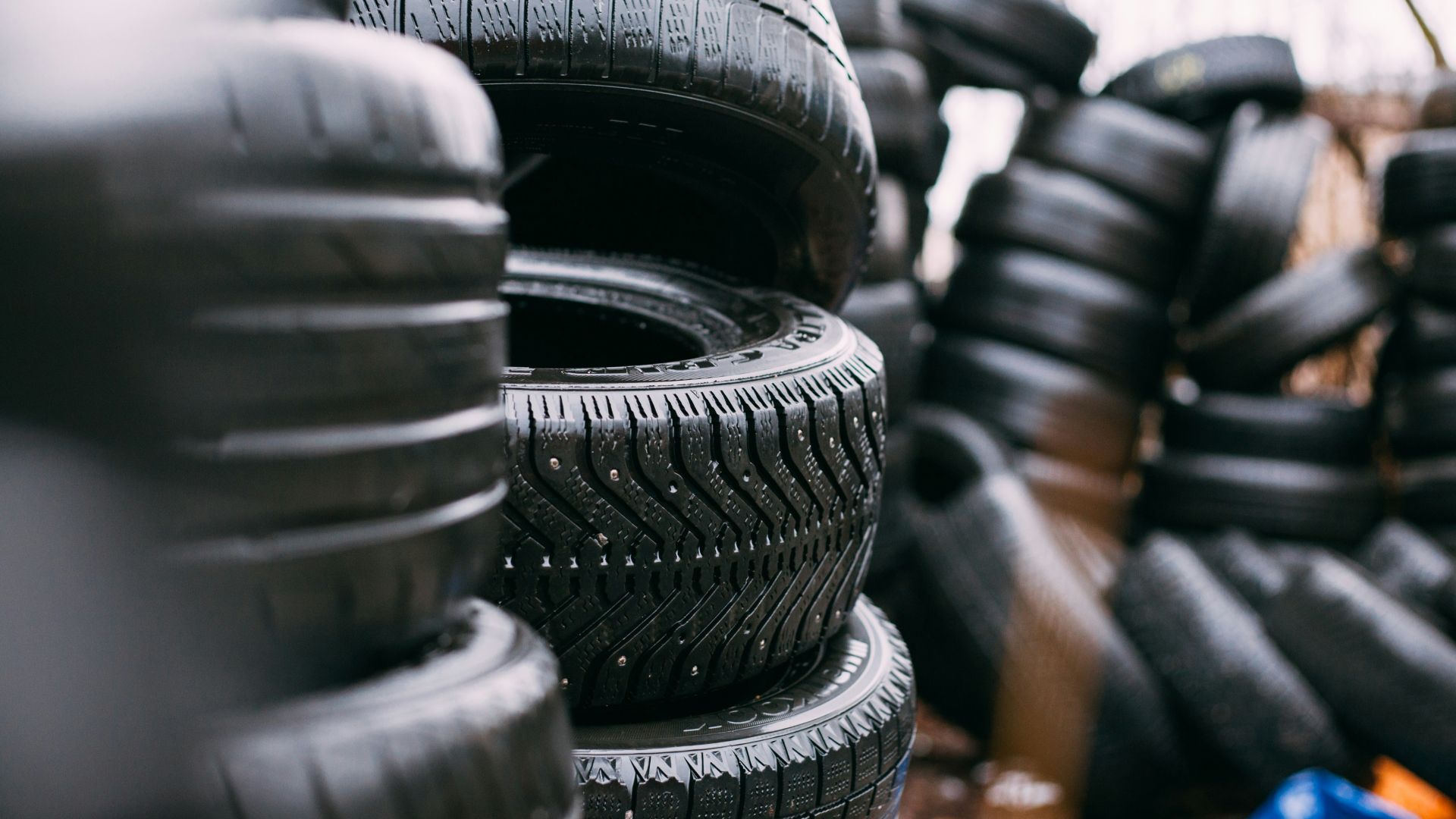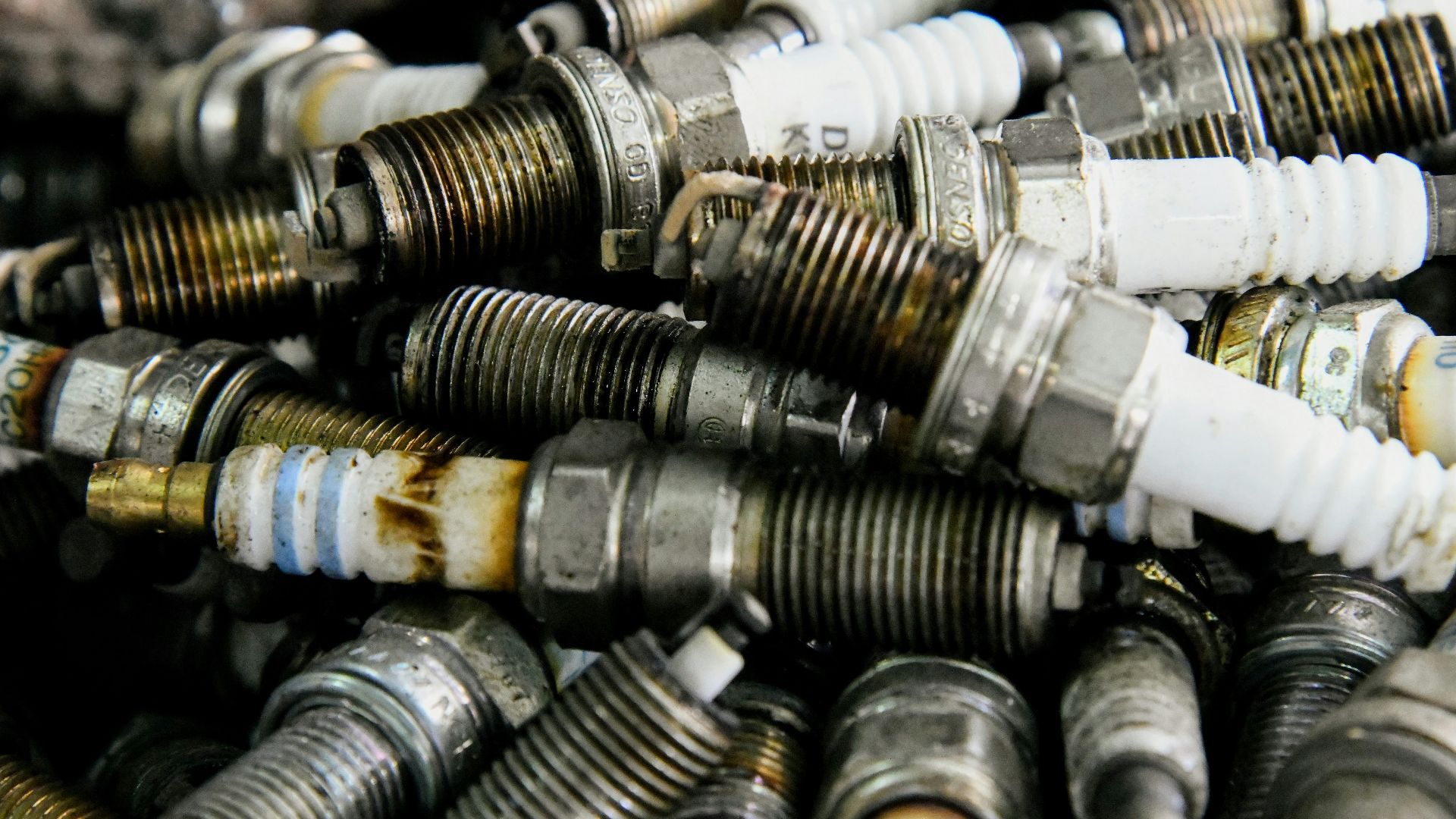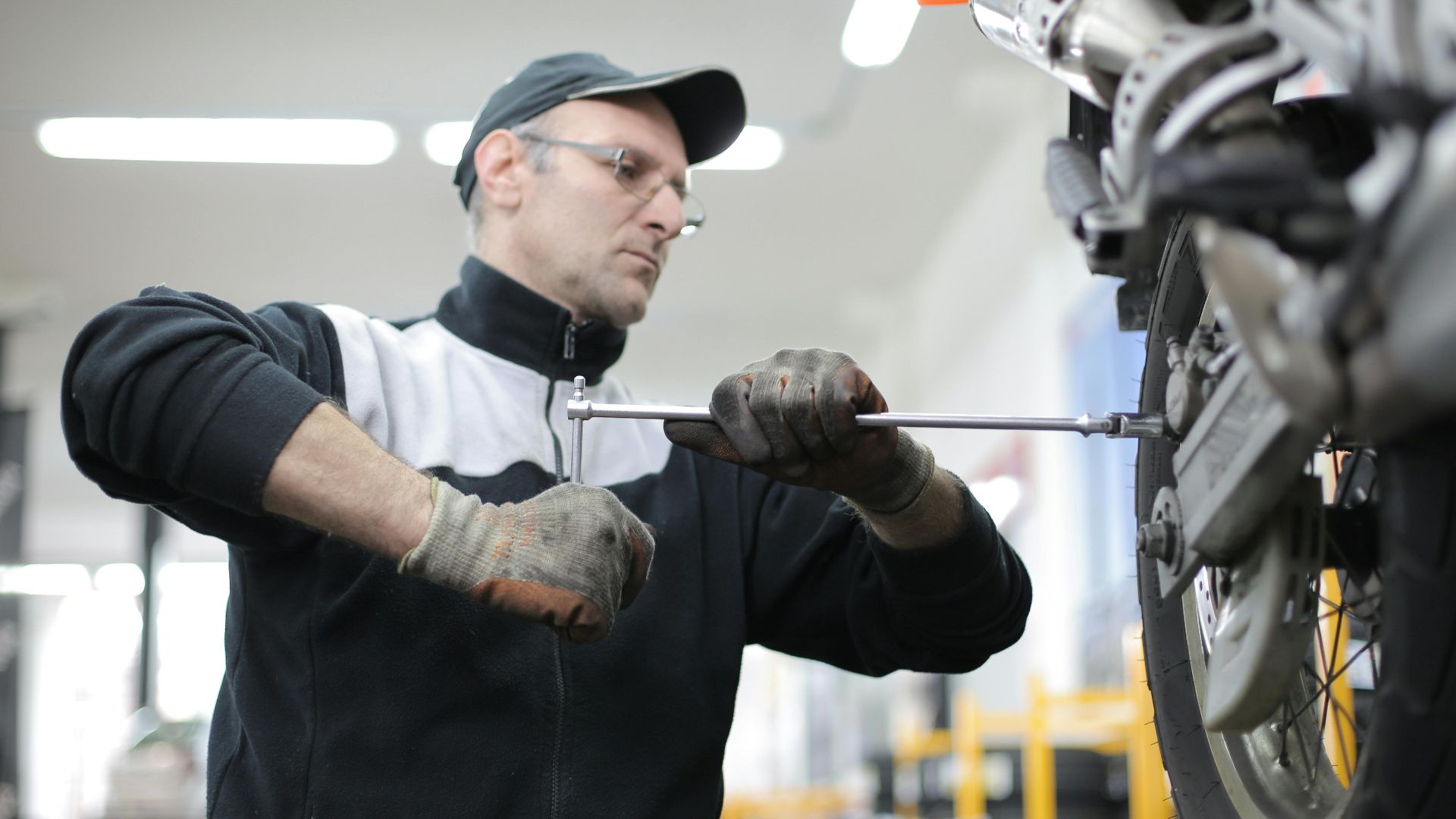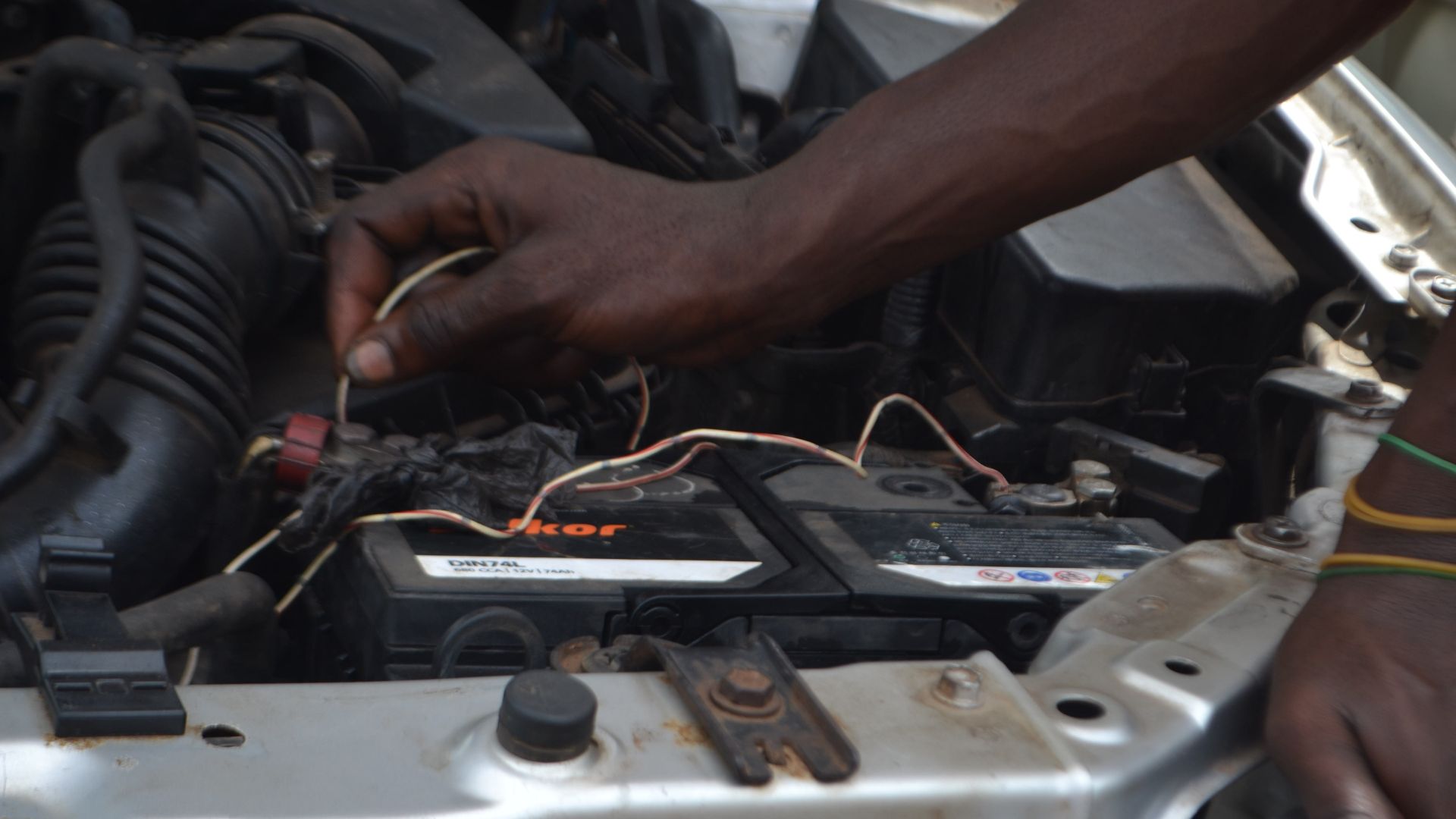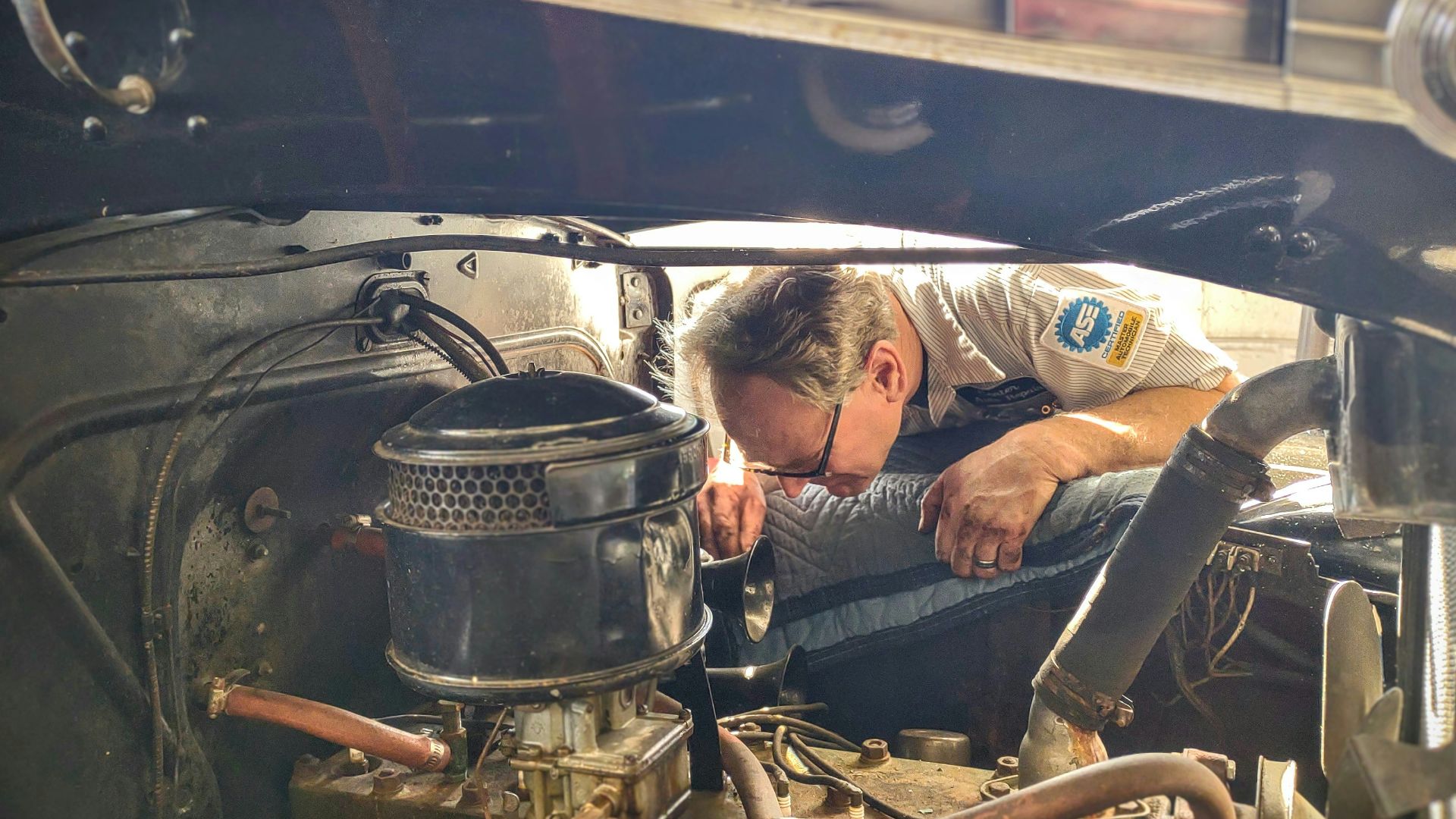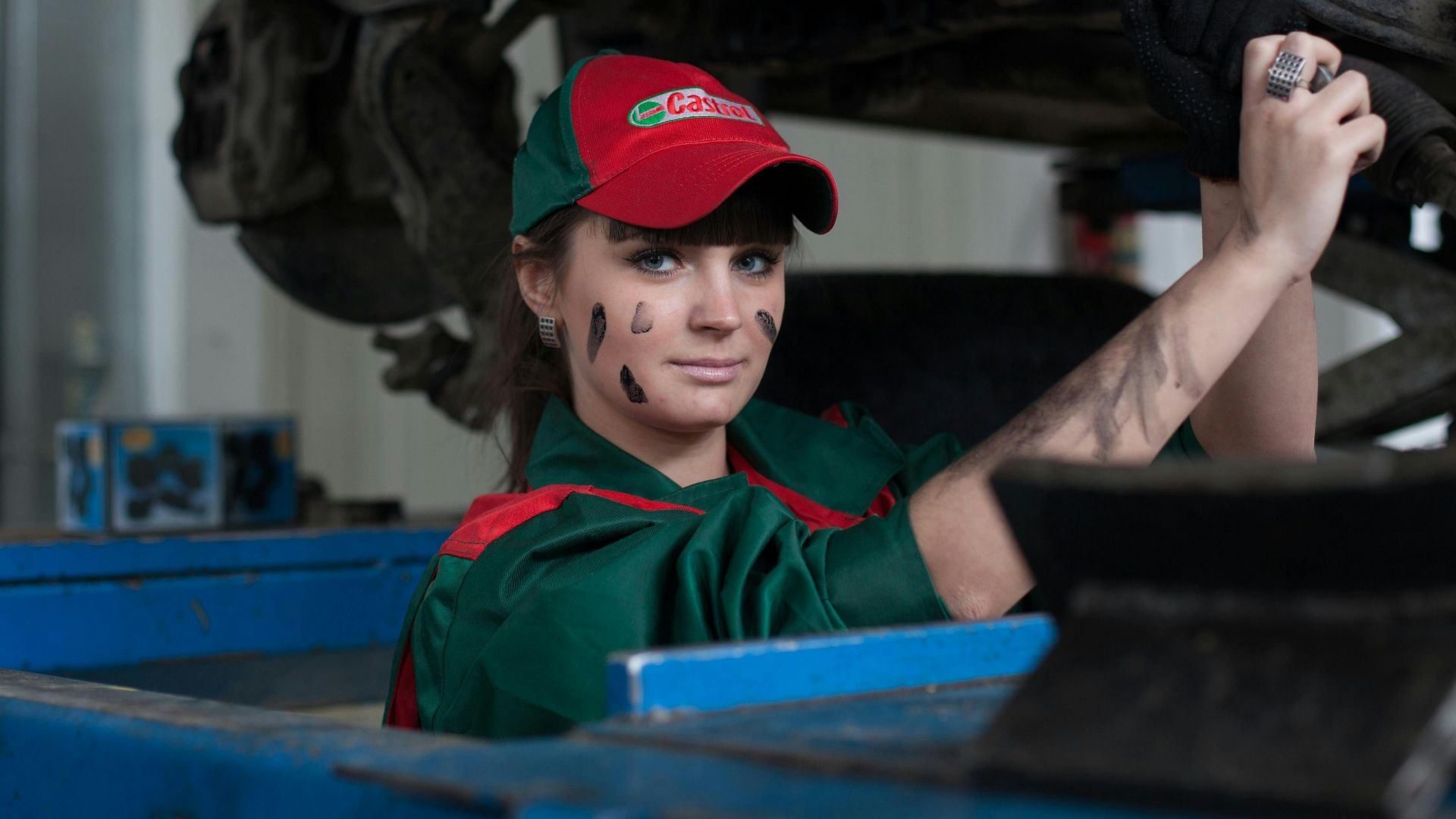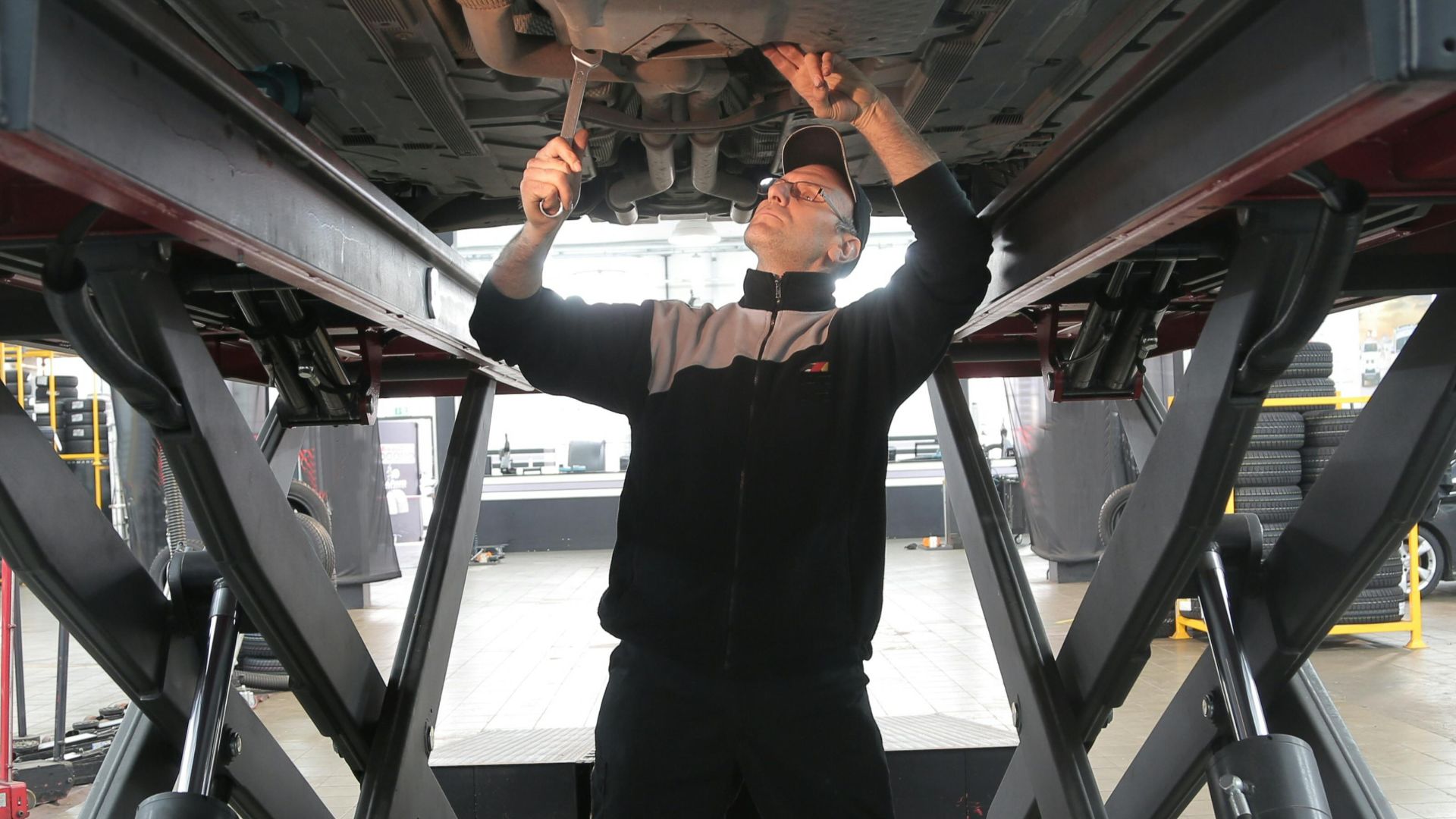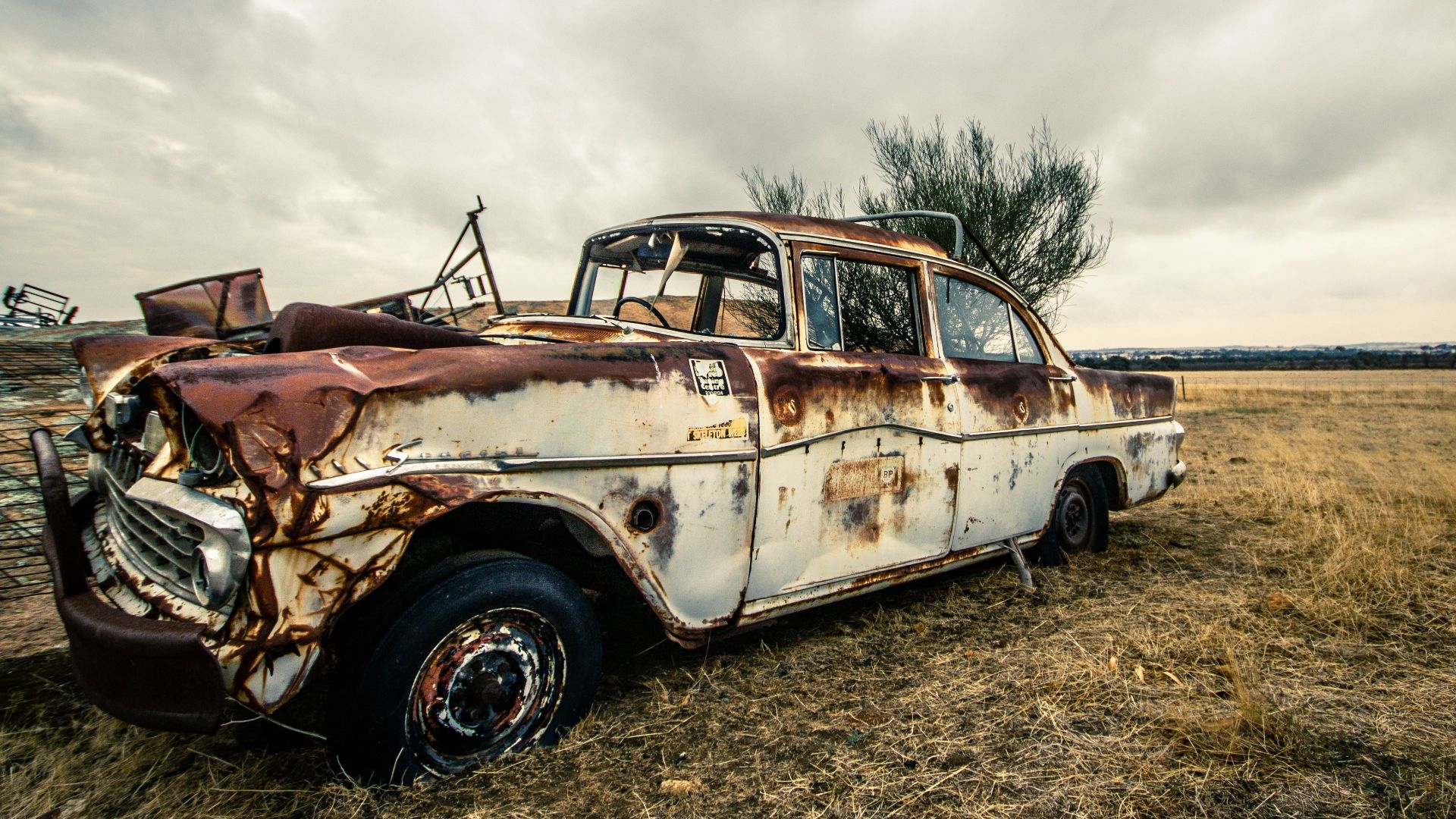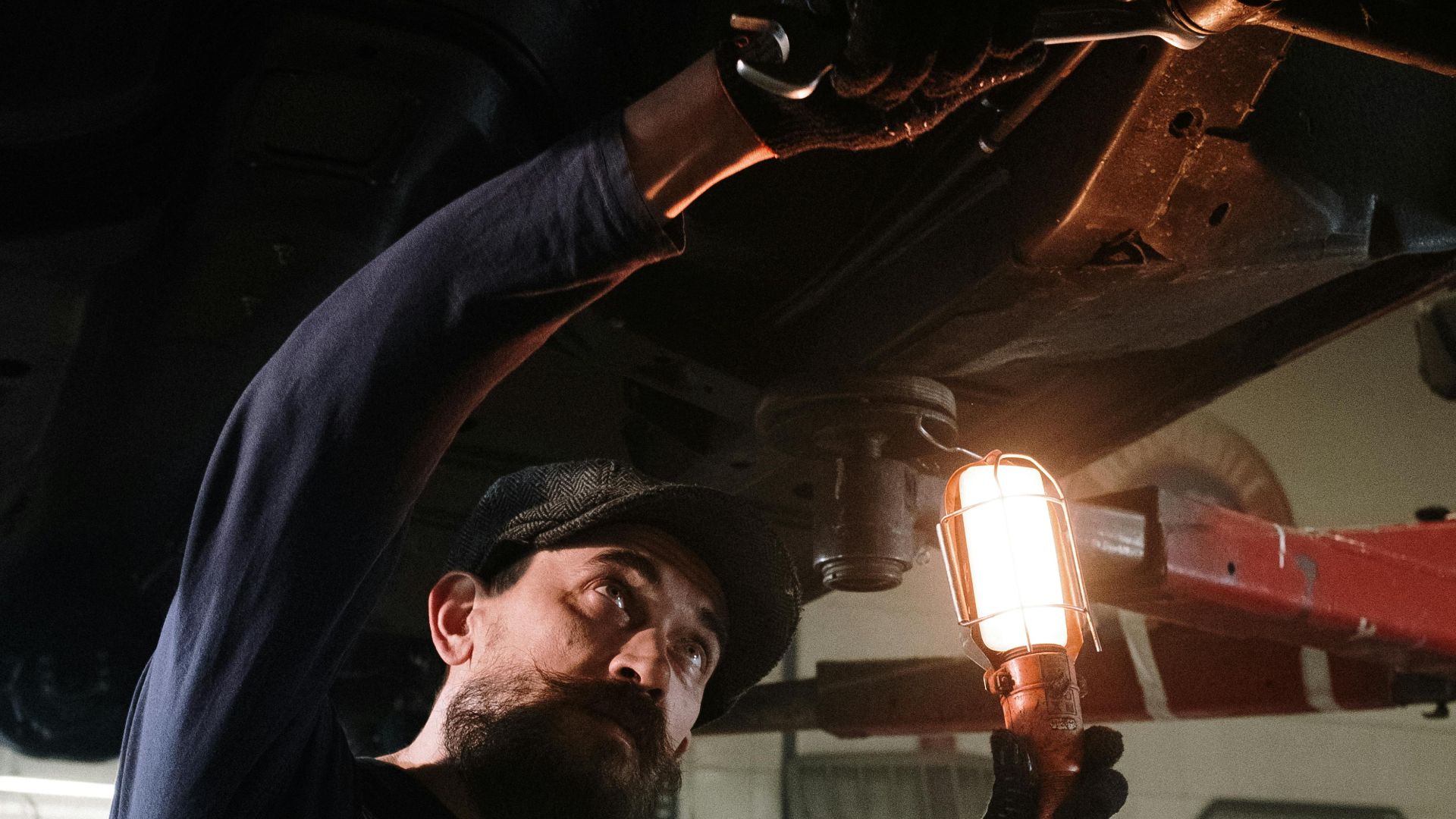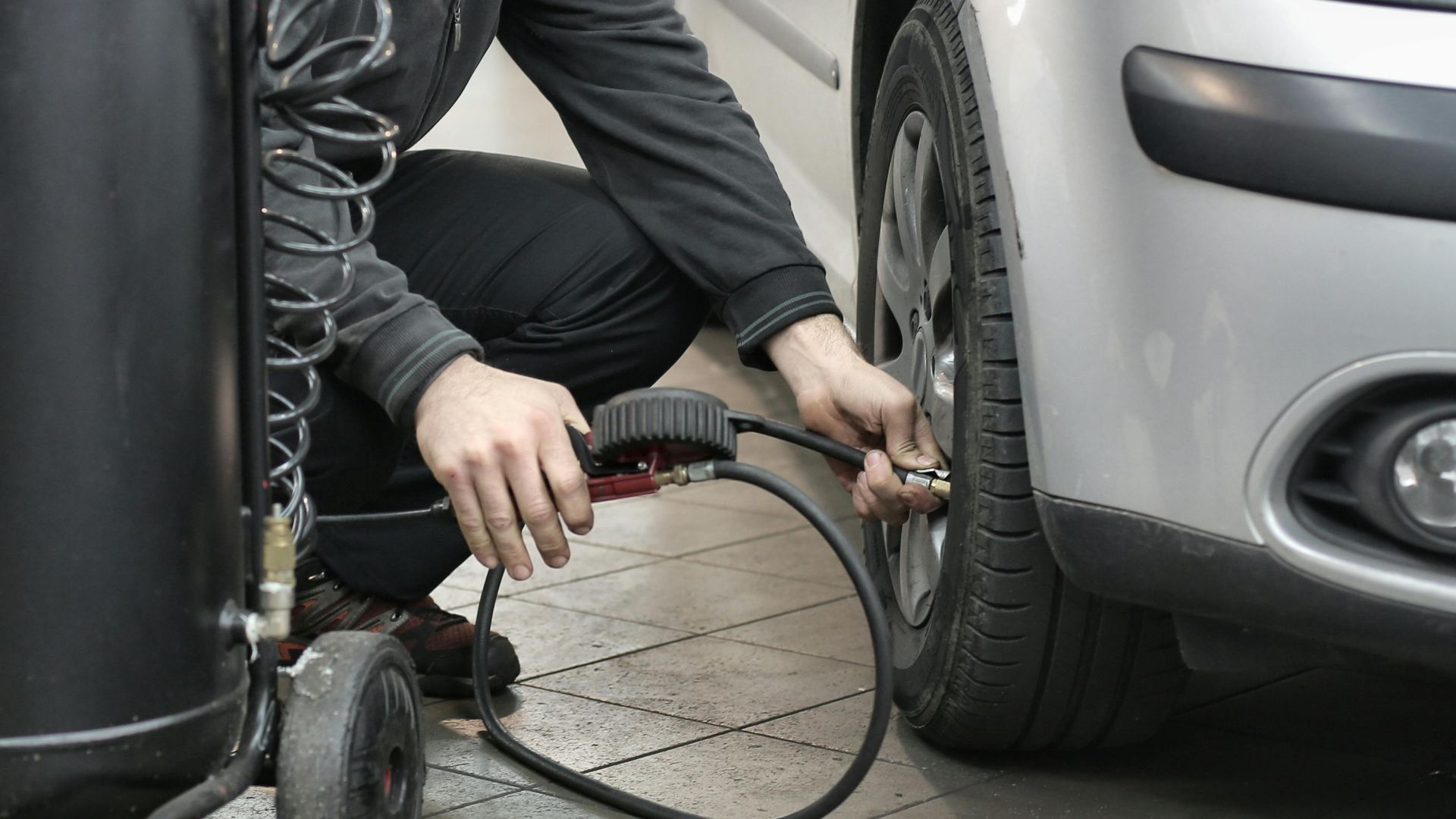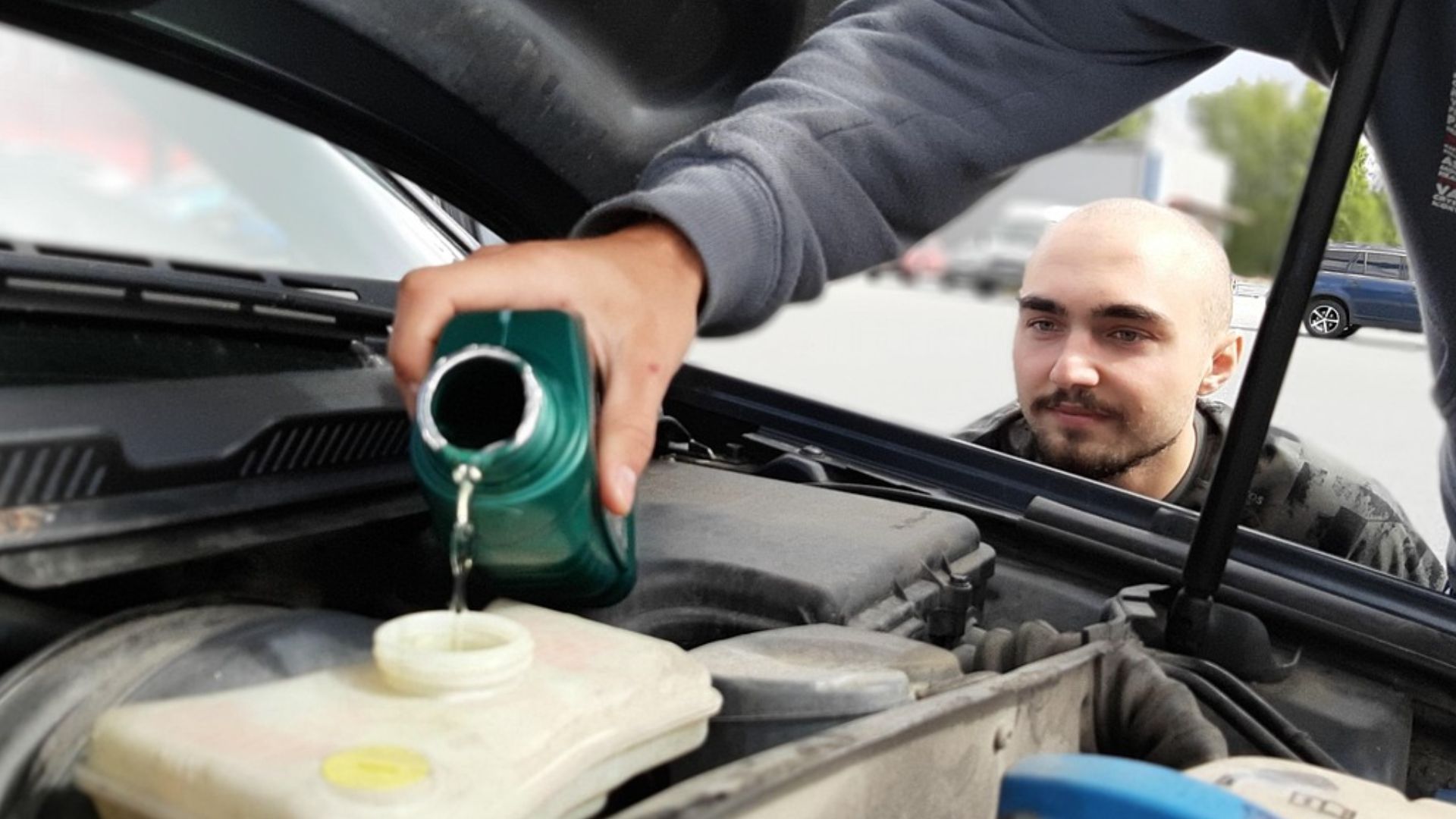Older Used Cars Need a Cooling System Flushing
With new car prices, it's never a bad idea to shop the used car market. Not to mention, you can avoid dealing with a pushy salesperson. With older used cars, you need to put extra effort into maintaining them to make sure they are safe and all the systems and components are operating as they should. Here are 20 ways to care for an older used car.
1. Change All Fluids Immediately
When you buy an older used car, you should immediately replace all the major fluids, including engine oil, transmission fluid, coolant, and power steering fluid. Don't listen to the previous owner who promised that they recently changed all the fluids.
2. Inspect and Replace Belts and Hoses
Even if a car has low mileage, the rubber parts might have deteriorated over the years. Belts and hoses can crack or fray, leading to expensive repairs down the road. Have a mechanic inspect these parts and be proactive about replacing them.
3. Check and Change the Battery
Older car batteries can lose charging capacity. Even if the battery appears to be fine, you should have a mechanic test it and also replace it if need be. A healthy battery protects your alternator and reduces the likelihood that your car will break down on the side of the highway.
 Jimmy Nilsson Masth on Unsplash
Jimmy Nilsson Masth on Unsplash
4. Flush the Cooling System
Overheating is a common issue with older cars. Coolant breaks down over time and will be unable to regulate temperature, which can cause rust to form inside the water pump and radiator.
5. Replace the Tires
Tires degrade over time, so if you're buying an older used car, you should review the tire date code. If they're more than six years old, then replace them. Worn or aged tires minimize braking power, fuel economy, and traction.
6. Replace the Spark Plugs and Ignition Components
Spark plugs, coils, and wires wear out, which can cause misfires and make handling more difficult. Replacing them can add years to an older used car, thanks to a smoother engine and more power.
7. Replace Cabin Filter and Air Filter
Older vehicles are prone to clogged filters that limit airflow. A dirty air filter negatively impacts fuel efficiency and power, and a clogged cabin filter affects cooling and heating. It's inexpensive to replace both, so it's best to do so once you receive ownership of your used car.
8. Clean the Throttle Body
Carbon and dirt can build up in the throttle body and mass airflow sensor in older cars. This can cause rough idling and affect acceleration. Cleaning them is a quick job and can improve your vehicle's throttle response.
9. Inspect the Suspension
Older cars with worn suspension offer an uncomfortable ride that's loud and bumpy. A mechanic should inspect your older car's suspension regularly and replace any parts that are worn down.
10. Inspect Lines, Rotors, and Brake Pads
With older cars with lots of mileage, you should have the pads, rotors, and brake lines inspected for corrosion or cracking. Since you don't know how the car's previous owner cared for the brakes, you're better off being extra cautious.
11. Replace Worn Engine Mounts
Engine mounts can soften or crack after years of driving, causing noise and vibrations, and difficulty with shifting. Don't assume that these are just "old car problems". A fresh mount can make a huge difference in the comfort and drivability of older cars.
12. Routinely Perform Transmission Service
This one is big for owners of older used cars. A healthy transmission can extend an older vehicle's lifespan, so it's critical to have a mechanic perform regular transmission service. You'd be surprised how a properly maintained transmission can make a car run like new.
13. Fix Small Leaks Right Away
Older cars with high mileage can experience small oil, coolant, power steering fluid, or transmission fluid leaks. These can be minor, but you still want to take care of them properly. It'll save you money in the long run.
14. Clean or Replace the Fuel System Components
You want to make sure that your older car doesn't have clogged fuel injectors, dirty fuel pumps, or ineffective fuel filters. You should clean the injectors and replace the filter to improve throttle response and fuel economy.
15. Protect the Exterior
If you have an older used car, wash it regularly and use wax to protect the paint. You should also condition the rubber seals around windows and doors to prevent leaking and cracking.
16. Don't Let Rust Fester
Rust can spread like a virus and affect structural parts and brake lines. Have a mechanic regularly inspect wheel wells, door bottoms, and the undercarriage. You should also treat surface rash immediately.
17. Lubricate Hinges, Locks, and Weatherstripping
If your used car squeaks or is difficult to open, it is most likely because the hinges and locks have dried out. Lubricating them can prevent this from happening. You should also condition weatherstripping to keep a tight seal and minimize wind noise.
18. Inspect Electrical Components
You want to prevent window motor failure, lights being too dim, faulty sensors, or worn alternators. Without the help of a mechanic, test that all of your car's electrical components are in good working order.
19. Maintain Tire Pressure
Driving with incorrect tire pressure is a common issue for owners of used cars. This can be caused by old valves or slow leaks. Underinflated tired decreases fuel economy, handling, and the vehicle's overall safety.
20. Keep a Consistent Maintenance Schedule
Old cars need to visit the mechanic for regular maintenance. Stick to a consistent routine to make sure all the major components are working and to catch any issues before they grow bigger.



